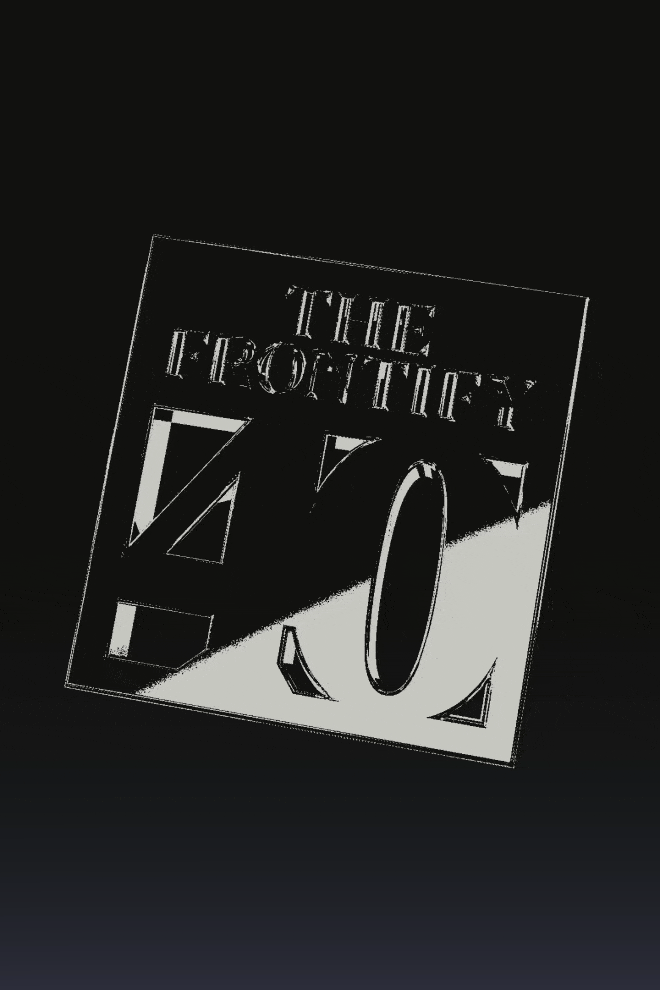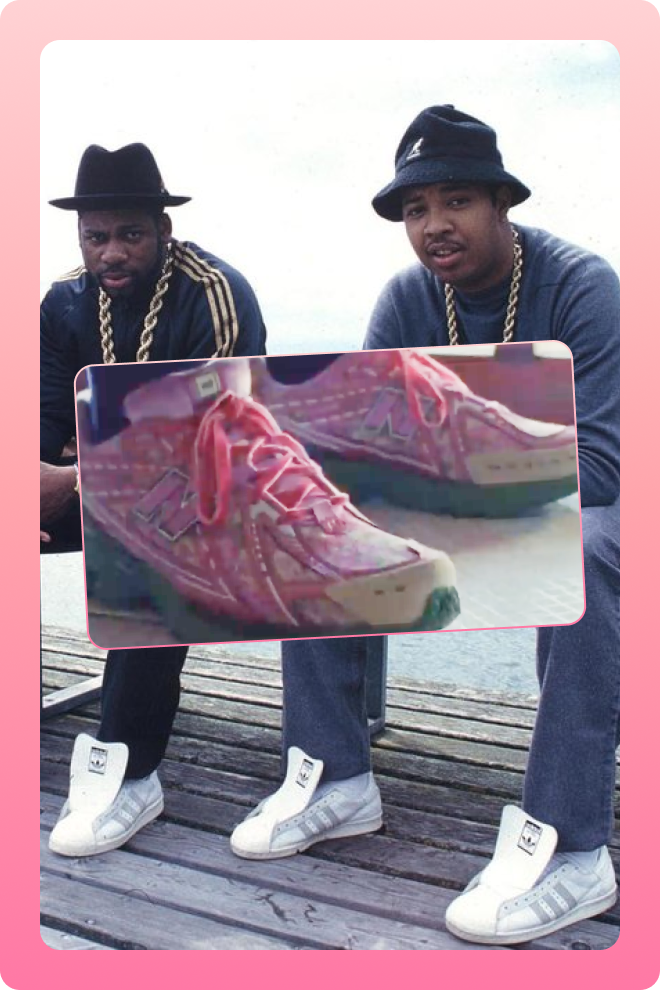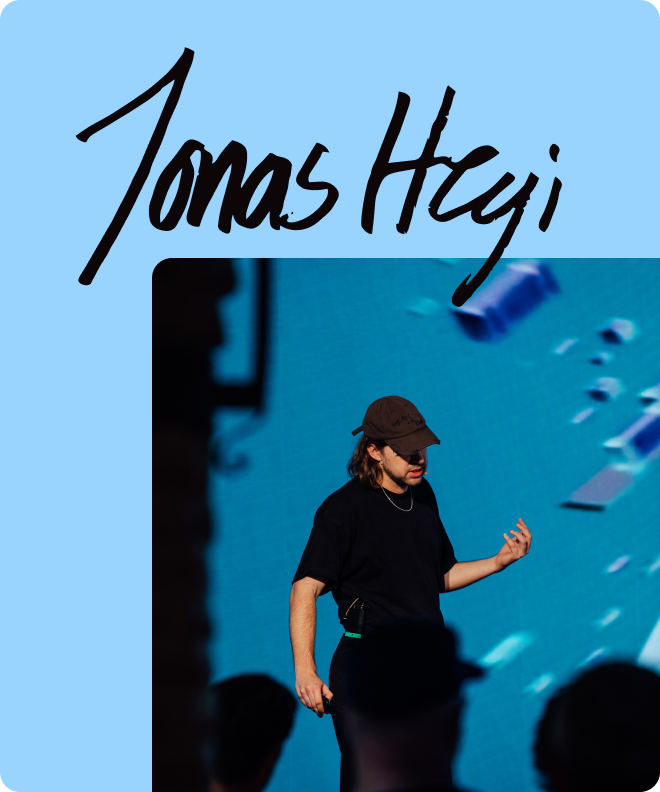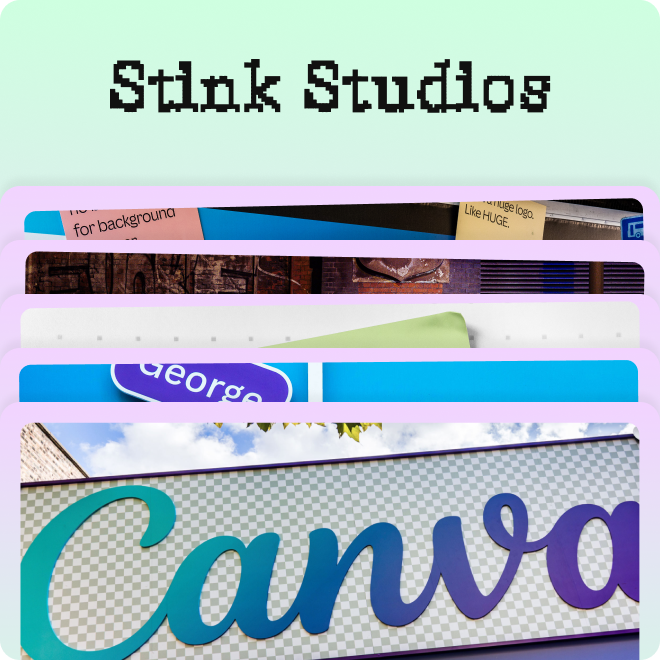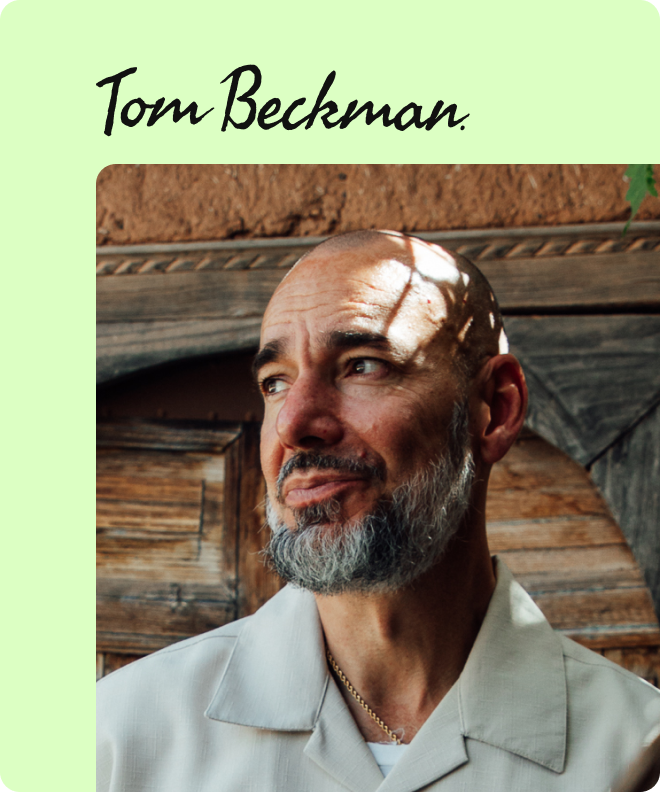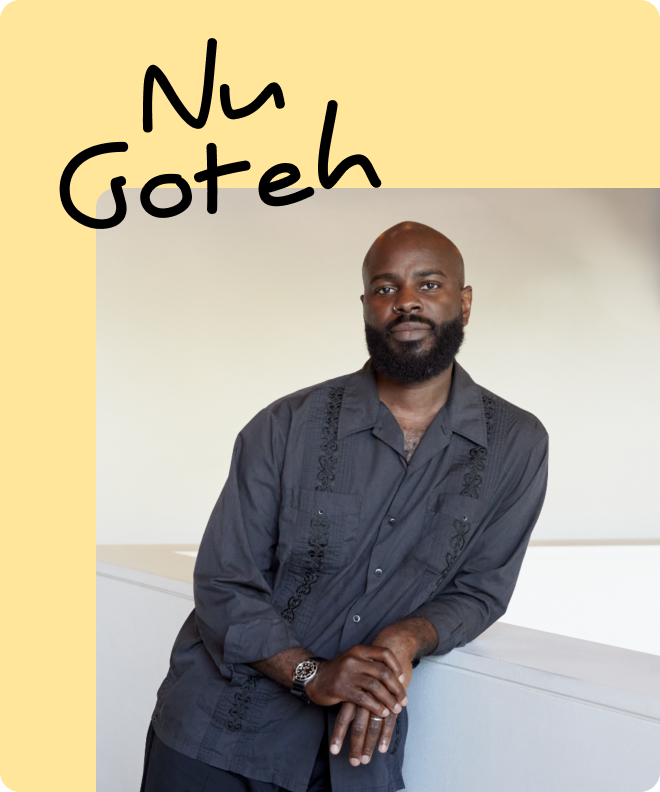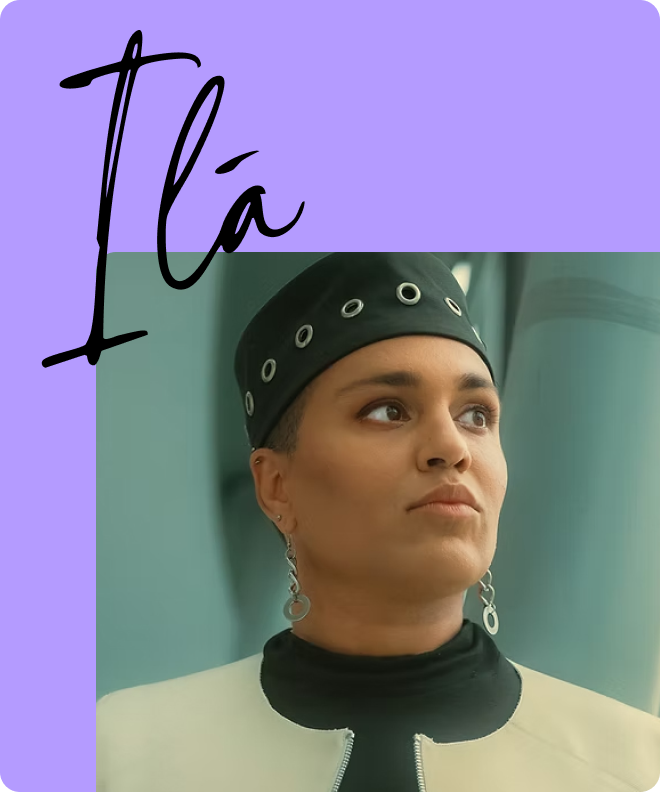- Sonic branding is evolving from simple audio logos to complete brand ecosystems
- Gen Z and Millennial audiences prioritize audio content consumption
- Brands are exploring psychoacoustics to enhance customer experiences
- Recent innovations include flexible sonic identities and bioelectric sound signatures
- Strategic music partnerships are creating deeper brand-artist relationships
- The future points to AI-powered, personalized soundscapes
- Success requires treating sound as a fundamental brand element, not an afterthought
Key takeaway: Brands must develop sophisticated sound strategies that can adapt across platforms while maintaining consistency and building emotional connections.
Netflix’s familiar “ta-dum” has helped herald a new era where sound isn’t just a brand asset — it's an entire ecosystem. While sonic branding might feel simultaneously ancient (think Intel or McDonald’s) and nascent, we’re witnessing an evolution where basic audio logos are giving way to sophisticated sound strategies that shape entire brand experiences.
This shift comes at a crucial moment. Millennial and Gen Z audiences now consume audio content more than any other medium, while emerging technologies from spatial audio to VR are creating new opportunities for sonic engagement. Meanwhile, widespread screen fatigue is driving audiences toward audio-first experiences, with platforms like TikTok making sound-on the default setting.
The science of psychoacoustics — how sound affects the brain and body — is receiving greater attention, particularly within the wellness sector. But its potential extends far beyond meditation apps and spas. Forward-thinking brands are exploring how sound’s psychological and physiological effects can enhance customer experiences across all touchpoints.
1“As global soundtracking platform - to becoming a true partner for creators, they need a brand that looks, moves, and speaks like the creative partner they really are. ”
2The process involved sticking sensors on trees to record their electrical signals, which were then analyzed across parameters like tempo, tonality and timbre.
Recent innovations demonstrate this evolution. Epidemic Sound collaborated with Bold Scandinavia to create a flexible sonic identity inspired by sampling techniques 1, moving beyond the traditional three-to-five-note melody to explore rhythm, texture, and timbre. Brazilian beauty brand Natura went further, incorporating bioelectric signals from Amazon trees into their sonic logo 2, literally embedding their environmental values into their sound signature.
The cultural currency of music partnerships is also being reimagined. H&M’s collaboration with Charli XCX 3 demonstrated how strategic sound planning can elevate artist partnerships beyond mere promotion. Similarly, wellness app Open’s appointment of James Blake as Chief Sound Officer 4 shows how deeper integration of musical talent can create authentic brand-artist relationships that resonate with audiences.
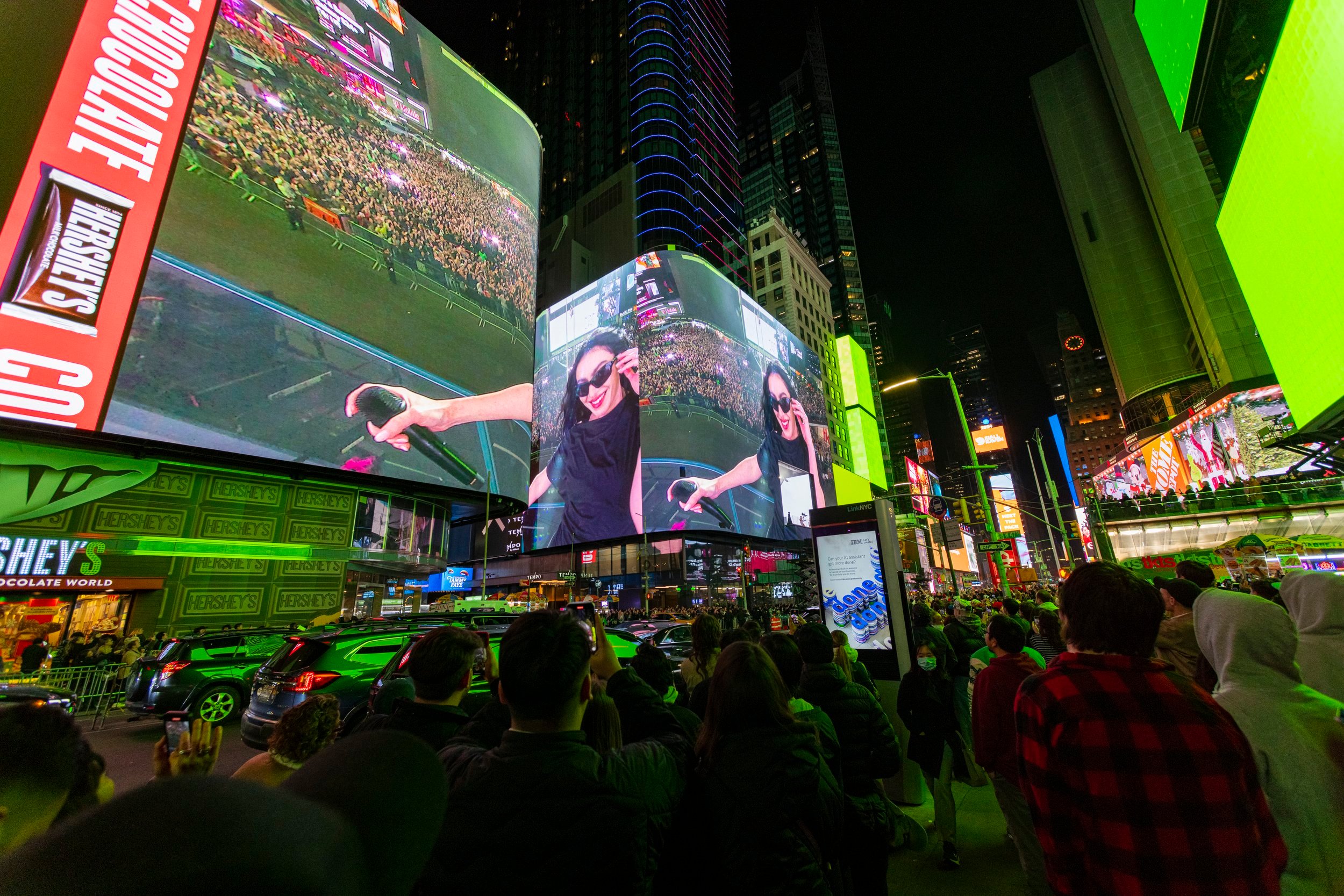
3Charli took to the stage in a look inspired by the Holiday collection. She announced the show on social media just half an hour before it happened. “Charli xcx is a special friend of H&M,” says Ann-Sofie Johansson of H&M.
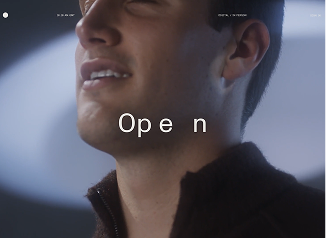
4The role gained notoriety after a 2020 Forbes article highlighted it as necessary. Essentially, it’s an in-house director of audio. This includes any podcasts, series and accompanying sound needed.
Looking back, Uniqlo’s pioneering 2011 compilation with Blue Note Records now seems prescient 5. The collection wasn't just about curating playlists — it positioned the brand as a cultural tastemaker. Today, WPP and Universal Music Group’s partnership signals growing corporate investment in sound strategy, but smaller brands can find creative ways to build impactful sonic worlds in myriad ways, from artist residencies to public soundscapes and immersive audio experiences.
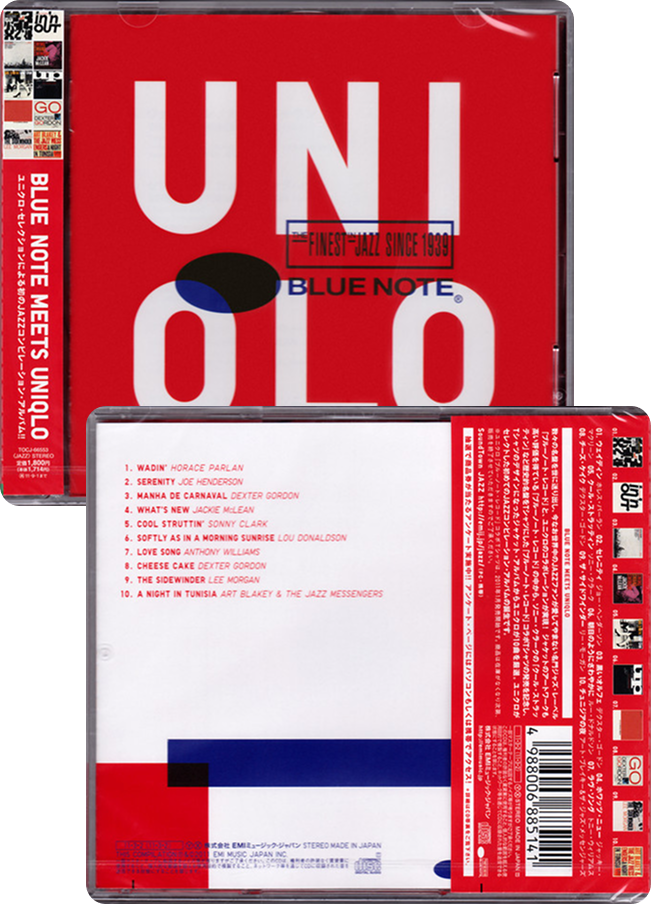
5In 2011, Blue Note Records and UNIQLO collaborated to release a series of ten t-shirts featuring iconic Blue Note album covers.
The future of sonic branding lies in creating complete audio ecosystems. We’re seeing early experiments with geolocation and AI to create generative, personalized soundscapes — think of Walkcast's location-based audio experiences 6. These innovations suggest a future where brands can craft dynamic sonic environments that adapt to individual users while maintaining consistent brand values.
As we move into an era where audio commands ever-greater attention, brands that develop sophisticated sound strategies won’t just be heard — they'll resonate. The challenge now isn’t simply creating a memorable sonic logo, but orchestrating a complete audio identity that can flex across platforms while maintaining consistency and meaning.
The brands that succeed will be those that understand sound not as an afterthought but as a fundamental element of their identity — one that can build emotional connections, drive engagement, and create immersive brand experiences in an increasingly audio-first world.
5 But it wasn’t just about creating an app—it was about rethinking storytelling itself. We needed more than a static script, so we built what we call the “storytelling engine.”
